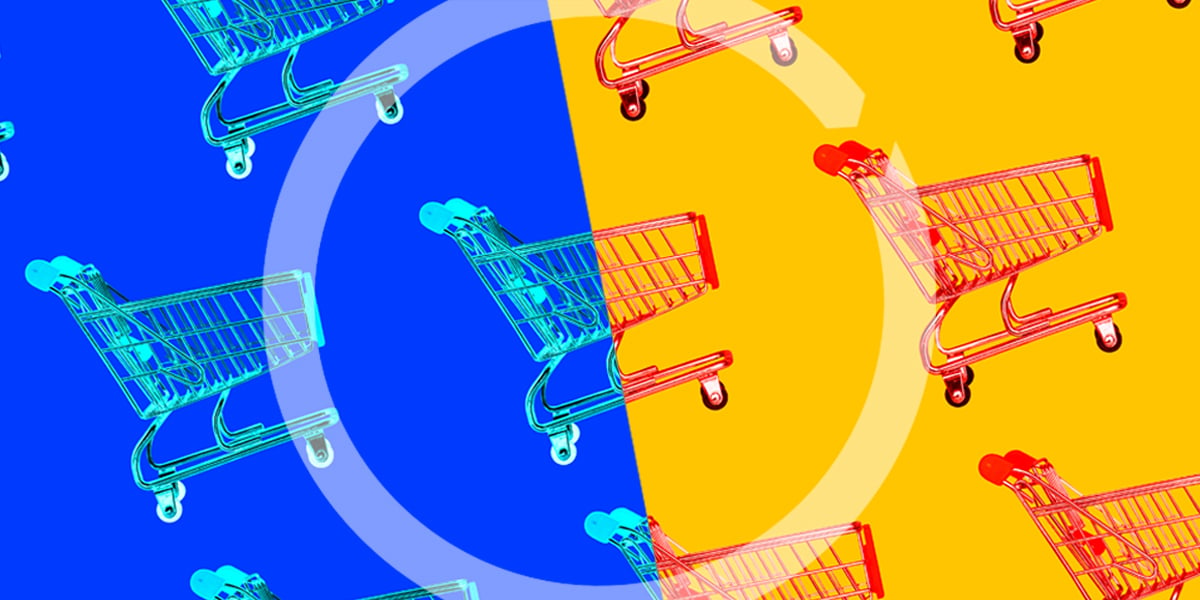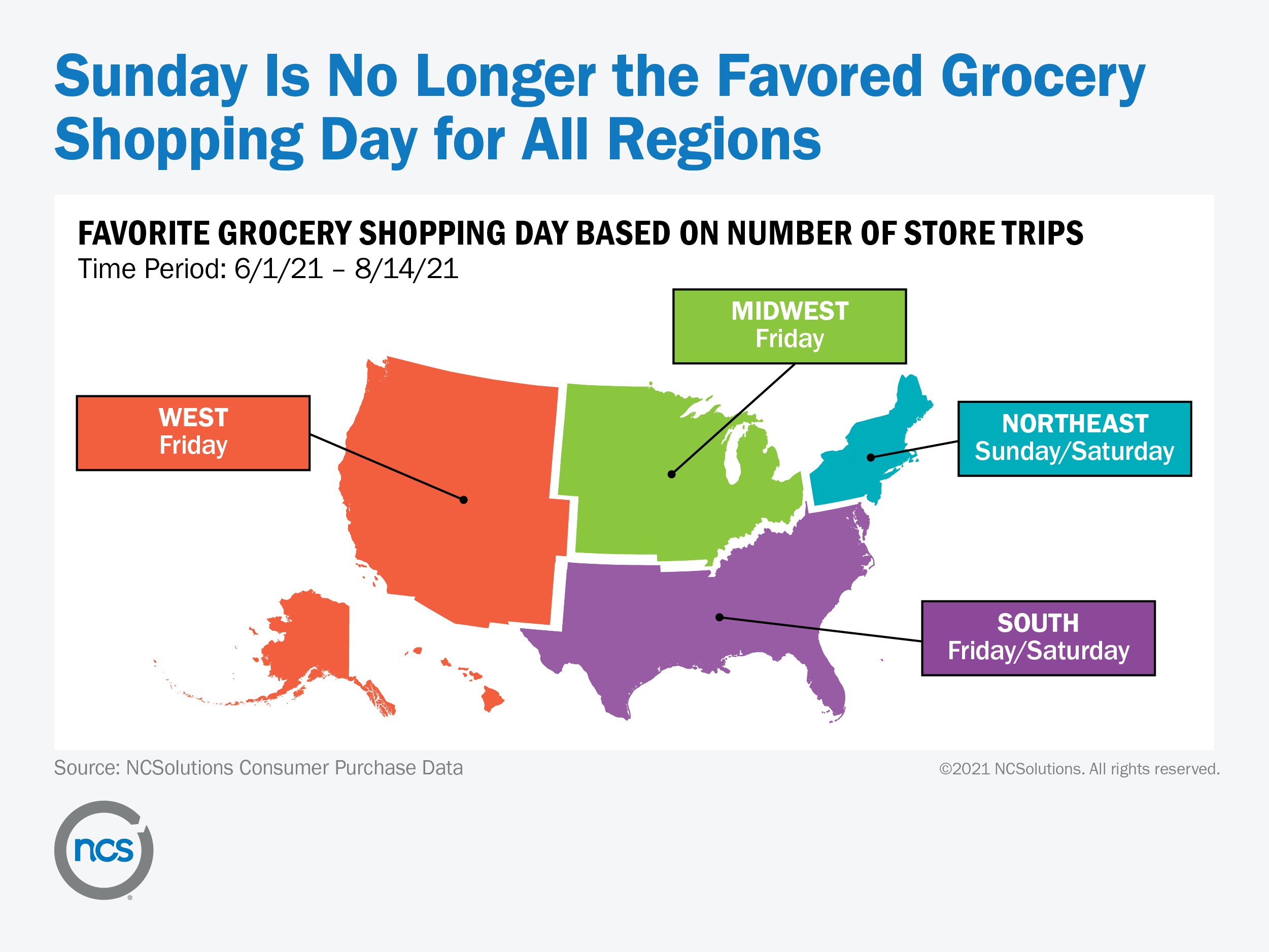Menu
By NCS Marketing
Three Ways CPG Brands Can React
Did you correctly guess the three CPG shifts? Until recently, CPG purchase behavior was starting to look fairly stable—we had normalized to a pandemic purchase level. But over the past few months there have been some shifts in CPG buying dynamics that signal anything but business as usual:
- Consumers are again spending more on CPG products
- They are making fewer grocery shopping trips while putting more in their shopping baskets
- Sunday is no longer the preferred day for shopping
Here are three ways CPG brands can take advantage of these shifts today.
1. CAPTURE YOUR SHARE OF THE INCREASED GROCERY SPEND
This spring and summer brought several weeks of declining CPG sales overall, but the total spending numbers are now on a slight upward trajectory: CPG spending was 6% greater as of September 4, 2021, compared to the last week of June 2021. Importantly, August 2021 CPG spending was 3% greater year-over-year—the first month that has happened in 2021 compared to a 2020 COVID month.
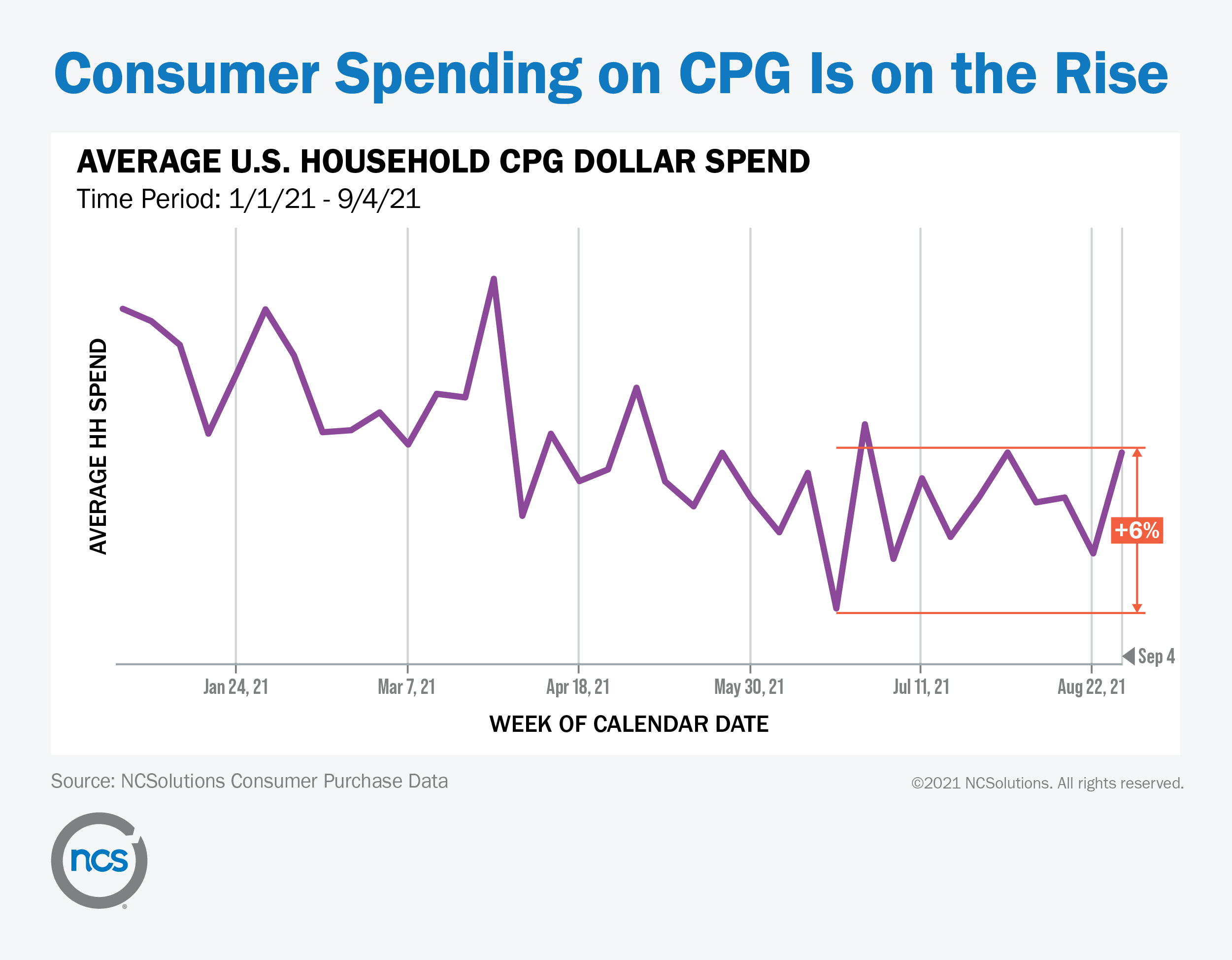
With the emergence and pervasive presence of the Delta variant, not only are consumers cooking more at home (again) but commodity and labor costs are also climbing, putting extra pressure on both product prices and supply chains. The result for shoppers is empty shelves at grocery stores. This is reminiscent of the early days of the pandemic when manufacturers and retailers combatted stockouts. While it is challenging to predict how long these supply chain and labor challenges will persist, as a CPG brand these changing marketplace dynamics offer you an opportunity to remind new buyers about your product.
Targeting Tip: Rising tides don’t lift all boats. As consumers return to their kitchens, keep your advertising ON. Defend your brand with purchase-based targeting to reach your brand buyers if facing out-of-stocks, or on the flip slide, use competitive targets to conquest and profit from forced category sampling.
2. ENCOURAGE GREATER PURCHASE QUANTITIES AS STORE TRIPS DECLINE AND BASKET SIZE INCREASES
The average number of grocery shopping trips per week that consumers are making decreased 16% between June 27 and September 4. This translates into consumers spending more on each trip to the store: the average U.S. basket size increased by 6% from the last week of June to September 4.

Targeting Tip: Bigger baskets and fewer trips mean more purchases in categories that will stay fresh for a longer period of time. Deploy targeting aimed at increasing purchase quantities: for example, target medium category buyers to move them up the loyalty ladder into heavy category buyers.
3. ADVERTISE ON THE DAYS OF THE WEEK YOUR BUYERS ARE SHOPPING
Pre-pandemic, the clear favorite grocery shopping day across the country was Sunday. But long gone are the days when Sunday is the biggest shopping day of the week: during different phases of the pandemic, Americans bounced between Friday and Saturday as their favorite shopping day. Though weekends are still the preferred time to shop for groceries, Americans have settled into a new weekly routine (for now) and it varies by region.
In the West and Midwest regions, it’s all about enjoying the weekend outdoors—which means getting the shopping out of the way on Friday. Southerners make more trips to the grocery store on Saturday, while those in the Northeast have fallen back into the old habit of grocery shopping on Sunday for the week ahead.
Targeting Tip: Research shows that advertising is more effective when delivered in close proximity to a purchase, and accounts for five percent of sales on average. So this means brands need to double down on advertising on different days of the week for different regions to be top-of-mind when consumers are about to do their weekly shop.
In spite of these consumer behavior shifts, there is one thing that has remained the same: brands must continue to advertise and reach their buyers or potential new buyers in order to maintain healthy brand growth and share.
Below are some case study examples we gathered of two brands—one that stopped advertising, and another that continued advertising—during the height of the pandemic when consumer demand was extremely high and shelves were even more bare.
Subscribe for Updates
GET INSIDE THE MINDS OF CPG BRAND MARKETERS
Learn about their data-fueled strategies
SNAG YOUR COPY OF THE REPORT TODAY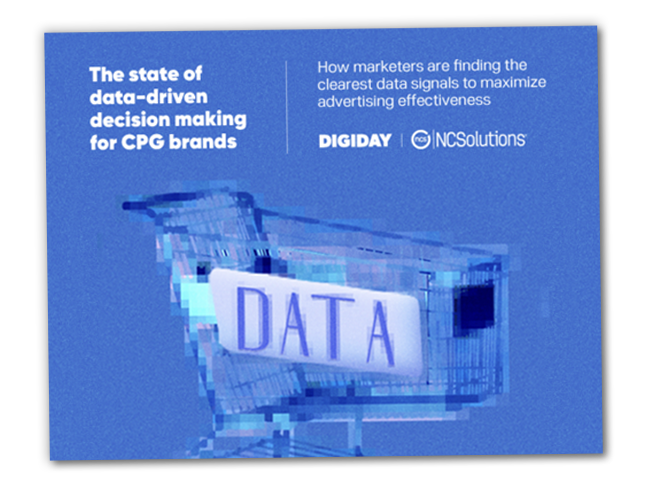
WONDERING HOW CONSUMERS RESPOND TO INFLUENCER MARKETING?
See how creating content drives results
DOWNLOAD YOUR COPY NOW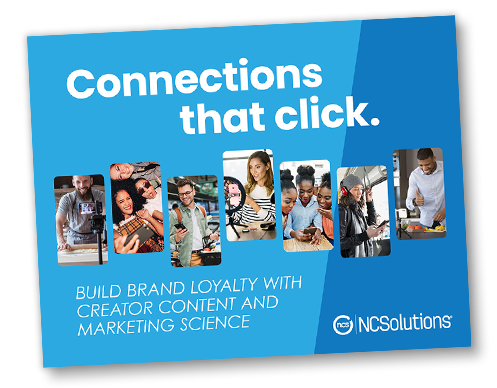
WANT TO KNOW MORE ABOUT HEALTH AND ECO-MINDED SHOPPERS?
Get CPG insights to engage your buyers
ACCESS THE E-BOOK TODAY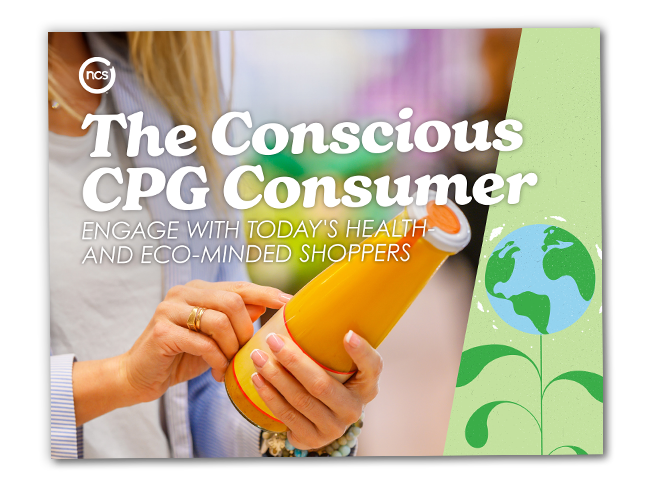


.png)
.png)

